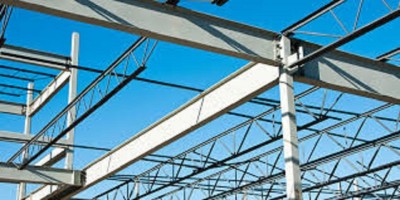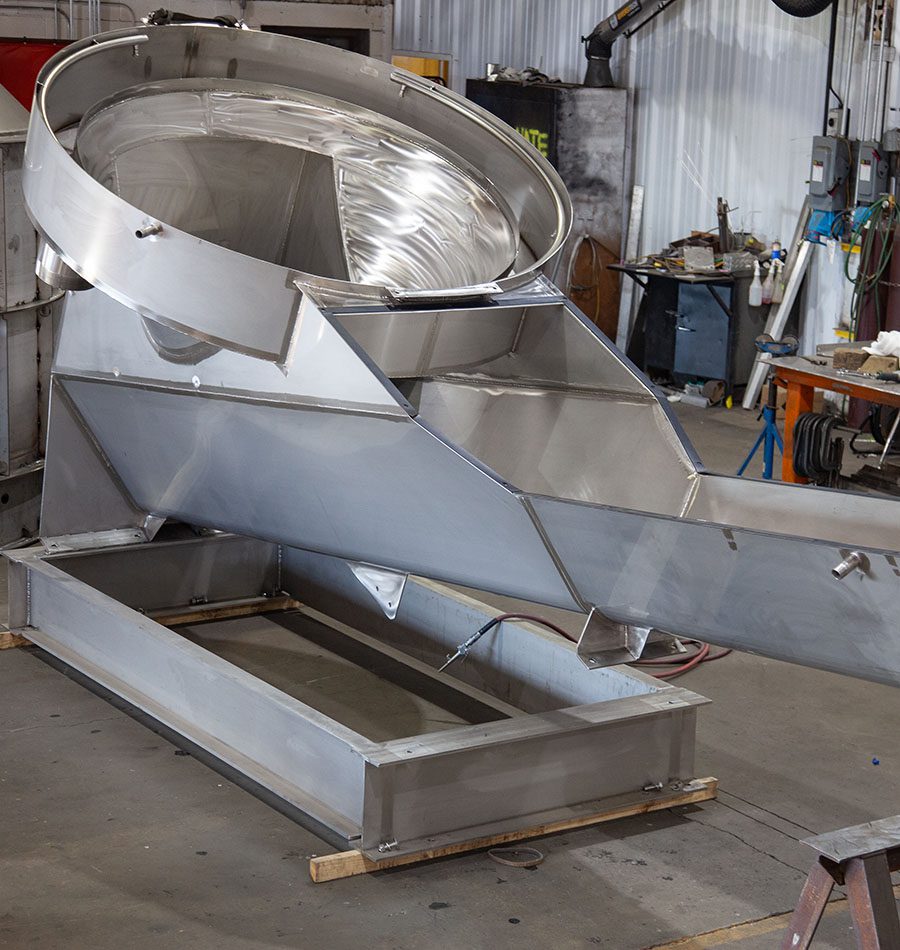Comprehensive Steel Fixing Services for Construction Projects
Comprehensive Steel Fixing Services for Construction Projects
Blog Article
Cutting-edge Fads in Steel Fabrication: Enhancing Durability and Accuracy
In the world of steel manufacture, the pursuit of toughness and precision has caused a wave of innovative fads that are reshaping the market. From advancements in welding modern technologies to the combination of robotic automation in fabrication procedures, the landscape of steel production is evolving quickly. High-strength alloy advancement, coupled with the application of 3D modeling and simulation software, is pressing the boundaries of what is attainable in terms of architectural integrity and precision. The growing emphasis on sustainable techniques in steel production is not only driving effectiveness but likewise fostering a more eco mindful approach to construction. These fads are not just forming the existing but likewise preparing for the future of steel construction, promising more improvements in longevity and accuracy.
Advanced Welding Technologies
In the realm of steel fabrication, the adoption of innovative welding innovations has considerably changed the industry's approach to achieving exceptional top quality and accuracy in structural welds. Advanced welding technologies, such as laser beam welding and friction stir welding, have arised as game-changers in the area. Laser beam welding uses a concentrated laser beam of light to sign up with metal elements with amazing accuracy and rate, making it optimal for thin products and intricate layouts. On the other hand, friction stir welding creates extremely strong bonds by mechanically intermixing the particles of the products at the joint, getting rid of the need for thawing the steel. These innovations supply various advantages, including minimized heat-affected zones, marginal distortion, and enhanced mechanical homes in the welded joints. By leveraging these advanced welding techniques, steel makers can elevate the durability, strength, and precision of their structural welds, satisfying the increasingly requiring demands of contemporary building and construction tasks.
Robotic Automation in Fabrication
Welcoming robot automation has become a foundation of modern steel fabrication techniques, enhancing and improving processes performance across the sector. Robotics are reinventing the way steel components are manufactured, supplying unmatched precision and rate while reducing human mistake. These automated systems can take care of recurring tasks with regular accuracy, resulting in higher top quality output.
One key advantage of robot automation in steel fabrication is the capacity to function around the clock without tiredness, considerably raising manufacturing result. This continuous procedure minimizes downtime and increases task timelines, ultimately saving prices for manufacturers. Furthermore, robotics can be configured to execute intricate jobs that might be difficult or dangerous for human workers, boosting safety and security in the workplace.
Moreover, robotic automation allows smooth assimilation with other electronic modern technologies, such as computer-aided layout (CAD) software application and Internet of Things (IoT) systems (steel fabricators melbourne). This interconnected method enhances communication between different phases of construction, enhancing workflows and ensuring real-time monitoring and control. As the steel construction sector proceeds to progress, robotic automation attracts attention as a transformative force driving effectiveness and accuracy in making processes

High-Strength Alloy Development
The development of high-strength alloy growth in steel construction is reshaping the sector's approach to boosting material durability and efficiency. High-strength alloys are crafted to show premium mechanical buildings, such as boosted tensile strength, sturdiness, and deterioration resistance contrasted to conventional steel grades. By integrating these innovative alloys into manufacture processes, producers can generate elements that endure greater anxiety levels and rough settings, leading to even more trusted and durable final result.
One key benefit of high-strength alloy development is the capability to minimize material thickness without jeopardizing architectural stability. This not just leads to lighter-weight parts but also adds to cost savings and improved see this website efficiency in manufacture and setting up procedures. Furthermore, the improved strength-to-weight ratio of these alloys allows for the style and building of frameworks with higher load-bearing abilities while decreasing general weight.
3D Modeling and Simulation Software Application
Improvements in steel fabrication processes have been considerably pushed by the integration of innovative 3D modeling and simulation software program devices. These devices allow makers to develop comprehensive online versions of their jobs, allowing them to picture the end product with accuracy before any type of manual labor starts. By mimicing various anxiety variables, ecological conditions, and architectural loads, producers can enhance layouts for improved resilience and efficiency. Additionally, 3D modeling and simulation software application streamline the manufacturing procedure by recognizing potential problems at an early stage, decreasing the demand for costly rework and lessening material waste.

Sustainable Practices in Steel Production
Incorporating sustainable practices into steel manufacturing processes is important for reducing environmental impact and ensuring long-lasting resource schedule. One key lasting method is the fostering of energy-efficient innovations to lower greenhouse gas exhausts throughout the steel manufacturing process. This includes utilizing renewable power resources, such as solar or wind power, to power steel plants and implementing energy-efficient tools to maximize power use.
One more important aspect of sustainable steel production is the responsible sourcing of raw products. This entails making sure that the iron ore and various other sources utilized in steelmaking are gotten from ecologically friendly and honest sources. By promoting openness in the supply chain and sticking to stringent ecological requirements, steel suppliers can reduce the unfavorable impacts of source extraction on local environments and communities.

Verdict
In final thought, the cutting-edge trends in steel fabrication such as sophisticated welding technologies, robotic automation, high-strength alloy advancement, 3D modeling and simulation software program, and lasting techniques are boosting the sturdiness and precision of steel products. These innovations are changing the steel construction industry by improving sustainability, quality, and efficiency. It is clear that the future of steel construction hinges on accepting these innovative modern technologies to satisfy the needs of modern building and production sectors.
In the world of steel construction, the pursuit of durability and precision has led to a wave of ingenious patterns that are improving the industry.In the realm of steel fabrication, the fostering of innovative welding innovations has actually considerably changed the sector's technique to attaining exceptional top quality and accuracy in architectural welds. As the steel fabrication market continues to evolve, robotic automation stands out as a transformative force driving performance and accuracy in manufacturing processes.
In addition, reusing and recycling steel scrap and waste products play a significant role in enhancing the sustainability of steel manufacturing. steel fabricators melbourne.In verdict, the cutting-edge fads in steel construction such as advanced welding innovations, robot automation, high-strength alloy growth, 3D modeling and simulation software, and lasting techniques are enhancing the toughness and accuracy of steel products
Report this page